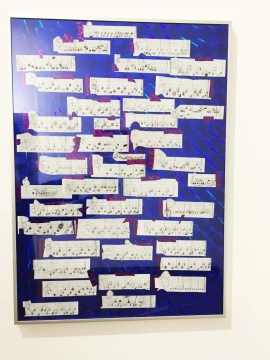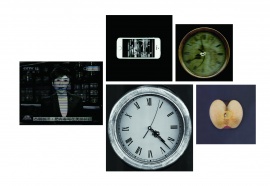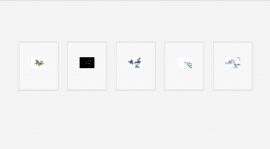HOME > EXHIBITON > No.1,Duel at Liu Xia > ABOUT
| ABOUT | WORKS | ONSITE | INTERVIEW |
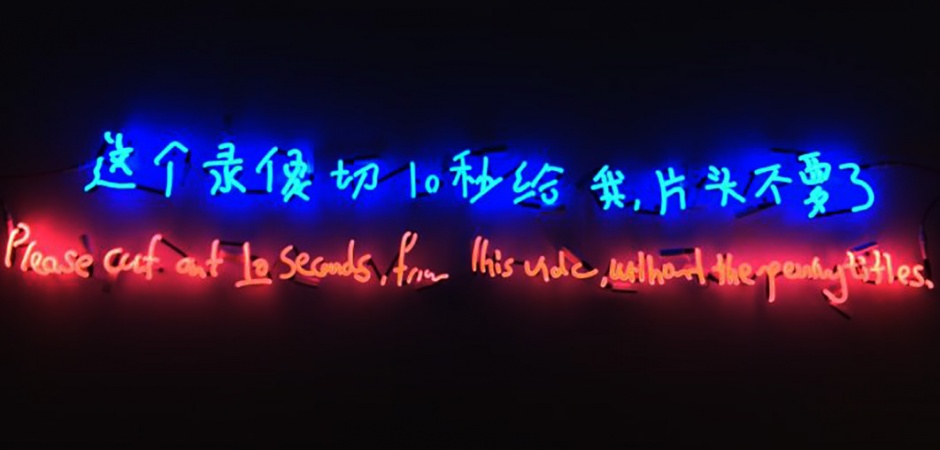

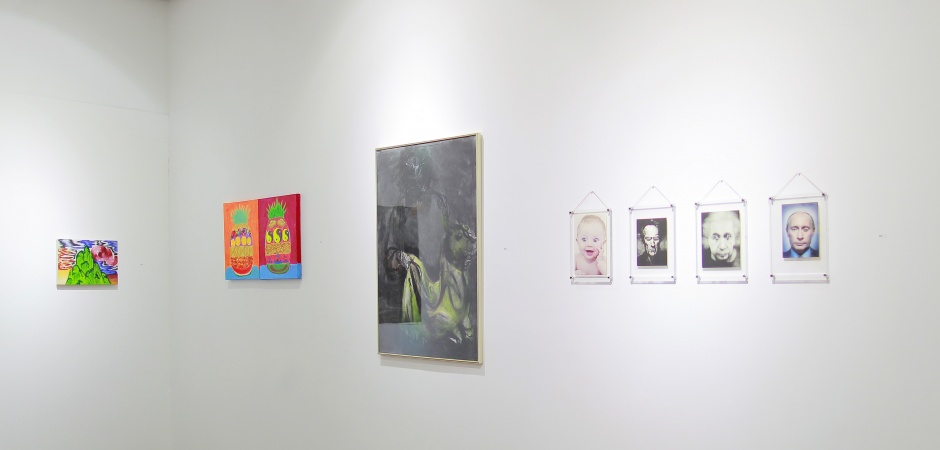
No.1,Duel at Liu Xia
| Curator: | SAN XIAN TV |
| Artist: | Cao Shu, Chen Dongfan, Chen Ran, Deng Jiyun, Deng Yuejun, Ding Shiwei, Fang Wei, Gao Ge, Guo Xi, Gu Rong, Huang Jingjie, Hua Peng, Jiang Quyang, Ji Jun, Jin Yanan, Ji Xin, koo, Li Ming, Li Qing, Li Shun, Liu Guoqiang, Liu Yi, Ma Haijiao, Ma Haijiao, Mr., Ma Ming, Pan Yuanning, Qian Jiahua, Zhenpengcuo Shidan, Wang Hailong, Wang Kewei, Wu Juehui, Wu Junyong, Xiao Bo, Xue Feng, Xu Wei, Xu Xinwu, Yan Yan, Ye Nan, Elian, You Ada, Zhang Haishen, Zheng Tianming, Zheng Wenxin, Zhong Baozhu, Zhou Yilun, Zhou Zhuan, Zhu Changquan, Zhu Xi, Zhu Xiangmin |
| Date: | 2016.01.22-02.22 |
| Opening: | 2016.01.22, 15:00 |
| Open hours: | 12:00-17:00(Tue.-Sun.) |
| Venue: | Inna Art Space |
| Add: | Block No. 12,139 LiuHe Road, Hangzhou, China |
| Tel: | +86-0571-87023522 |
| Email: | info@innart.org |
Foreword
Now in our eighth year, we at the Inna Art Space remain dedicated to discovering and extolling creativity; providing a platform to promote the continuing projects of the practitioners we work with. We believe strongly in everything “independence” implies and take these values both as a means to focus our inquiries and give direction to our projects. It is in the interests of upholding such values that we have invested such sustained enthusiasm and diligence in our work.
Now, at the start of the year 2016, We have devised the “Novels” project, an engagement free from commercial motivations to be enacted over an extended period, inviting various curatorial collectives to participate at each stage in its development. Manifesting in relatively large-scale, group exhibitions, the project takes the multi-media work practitioners produce on site and displays this by way of focused, thematic expositions, spaces that promote the viewers’ articulation of the work by forging links between art and the daily life.
We feel most fortunate to have had San Xian TV curate engagements for the first chapter in the “Novels” project: “Duel at Liu Xia” and wait to see with great anticipation exactly what kind of story they will present.
Inna
Duel at Liu Xia
The rushing waters of the Qiantang river arc round unerring from Niujia Cun in Linan to the east where they reach the sea. Tens of black cypresses ranked in line upon her banks - leaves ablaze like a ship on fire - offer a crimson ensign for the arrival of the twelfth lunar month. Illumined by the inclined rays of the sun, surrounding the settlement are pastures, all long since withered to an ochre shade, their appearance adding a certain desolation to the scene. Beneath a pair of towering pines, men, women and a handful of children from the village gather round in vigil, listening to the words of a wizened orator. Himself around fifty years of age, he is dressed in a suit the colour of which has long since washed out to a greyish white. Having heard him wrap his wooden blocks against one another several times - blocks hewn from the wood of pears - he takes a bamboo stick in his left hand and pounds rhythmically on the skin of a ceremonial drum, reciting:
“Lordless the peach trees bloom, vague fields bearing evening crows. Amid ancient well-side pastures, wandering artists gather round.”
Then - wrapping the wooden blocks together again several times - he articulates: “This ballad tells of former times when at the pastures of Inna - a place, intimately woven in the fabric of Zhuantang - the sagely, noble-minded and venerable of the four directions were summoned to convene in Hangzhou and share in the yearend festivities. Each brought with them the secrets of their diverse arts, all arsenals, vestments and supplies pertinent to the time of year; all contributing its share to the grandiosity of the scheme. At that time it is said that in Zhuantang a vast array of different schools was extant, all unique in terms of art; the ranks of their adepts spanning generations. Among them were the eighteen princes of Langjun, noble guardians to the South West; the tyrant of Yunxi, who alone ruled the roads and waterways, along with the four clans of the south, united in their cause against a common foe … All maintained their respective allegiances; the fissures and bonds between them running deep. Indeed, all had seemed most promising. However - with a fervour and speed akin to that of wild beasts - the four lieges of Lanwan to the west soon rose up, converging in threat upon the Zhuantang plains. The forces of Binjiang also, a region which - bordering rivers and seas - was possessed of mighty navies among whose ranks there were many learned in the arts of other shores, battle-wise and intrepid from their protracted campaigns. It was thus that, as the ballad itself narrates:
more